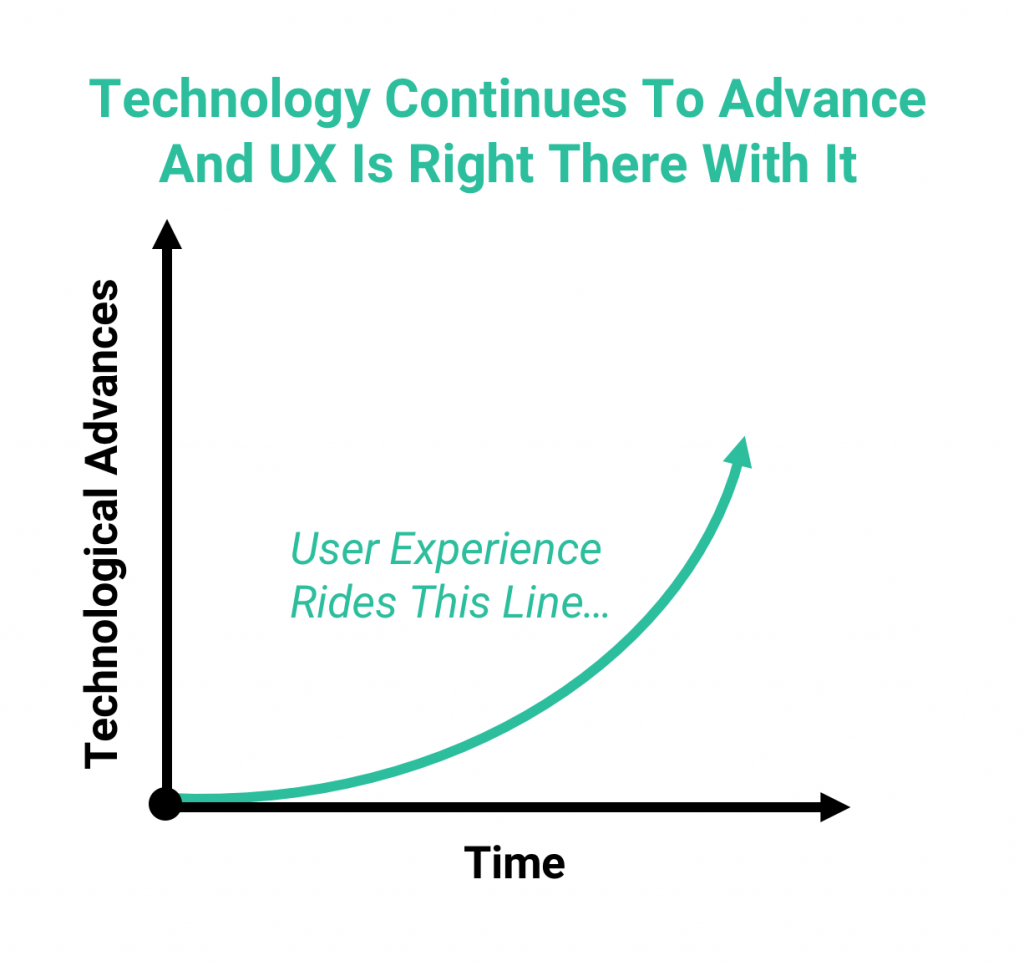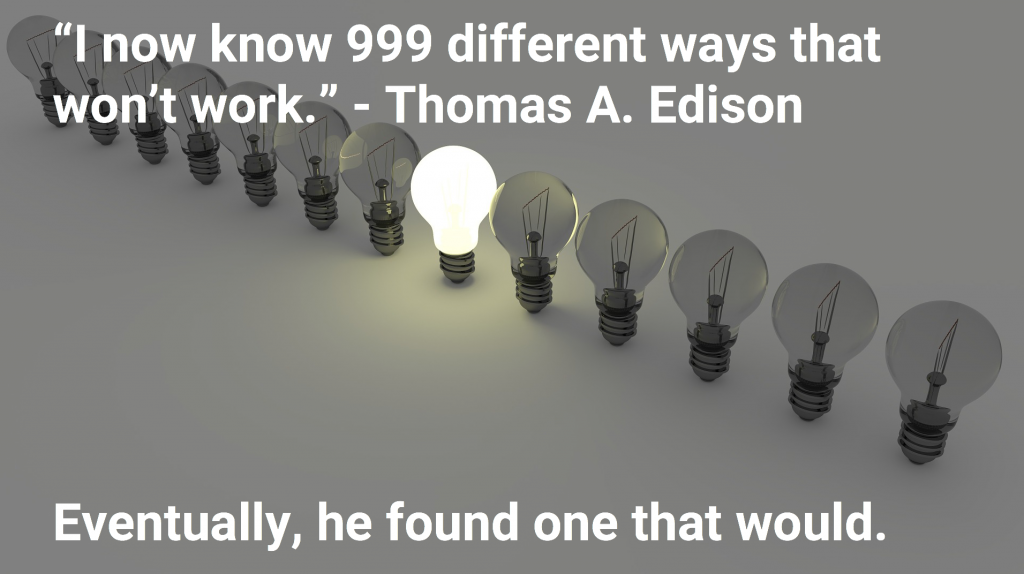Why UX Will Never Die


Over the past few years, headlines like “The End of UX…” and “Why UX Won’t Survive…” occasionally take over LinkedIn, prompting heated commentary before fading away. UX skeptics line up on one side of the debate, arguing that the rapid advancement of AI and other technology will swallow this field, that it is based upon unproven methods, or that its focus is too narrow. The other side vehemently defends the profession, citing ongoing increases in UX job openings year over year and more influence in Fortune 500 boardrooms.
Judging from the commentary, it’s obvious that some people have very strong opinions about the future of UX — and a few of those predictions will turn out to be right. You’re probably sick of hearing these types of debates. Don’t worry, so are we. The point of this article is to highlight a few perspectives that aren’t often effectively voiced about why UX is here to stay, in one form or another.
Related: How to Get a UX Job
Near-Endless Demand and Natural Adaptiveness

There are few absolutes in the world of user experience, but it’s fair to say it resides at the intersection of people and technology. Fortunately for anyone interested in a UX career, technology has generally advanced and accelerated over time. This is very likely to continue. Even if it doesn’t, or stagnates, or even reverses due to major global disasters, since UX resides along that intersecting line, it must covary with the direction of technology. Wherever technology goes, UX is right there with it.
To help nullify the common objection “what if software eats up all the jobs?” consider how fears about automation replacing human workers have been with us since the Industrial Age’s initial mechanization, yet unemployment rates remain relatively low and stable even today. Humans adapt to changing circumstances.
While AI is already impacting our field, it is highly unlikely that there will be a day when automation understands how to make itself completely user-friendly for everyone all the time. People’s needs and expectations change frequently, and the sheer range of them, spanning early to late adopters, is a constantly moving target. There will always be room for UX designers and researchers to help create and improve upon technology.
Lastly, seemingly every time a pioneering technology appears, such as computers, artificial intelligence, and voice- or gesture-based interfaces, there are UX professionals who adapt to working on them. Most often, there are all sorts of UX-minded people involved in their creation and ongoing optimization (learn more about UX design here). Our profession naturally shifts with the evolution of technology, wherever it goes.
UX as Both Noun and Verb Will Persist
Let’s get this absolutely straight: UX will always exist as long as there are users. Yes, quite literally, as long as there are people walking the Earth, there are user experiences happening. Our craft can be applied to any context where people are interacting with a product, system, or service. More on that later. For now, let the idea sink in by entertaining it through a slightly philosophical lens…

That’s right: if there are people interacting with a product, system, or service, now or at any time in the future, then there is “a UX,” as some might say. This is true regardless of which buzzwords describe it or what titles it evolves through.
However, UX is not only a thing. The noun context is useful but it’s also a root cause of the confusion about UI vs. UX. We must move beyond that limited twist of misinformed ketchup bottle analogies and remember that UX is also an approach and a verb. For instance, you’ll often hear stakeholders say something along the lines of “let’s UX it” and “we need to do more UX.” What they usually mean there is to apply user-centered design and research techniques (verb context) to improve the user experience (noun context). See the difference?
Get To Know Other Design Students
Reyna Martinez
Associate UX Designer at ServiceMax
Parker Konz
Visual Designer at Gorilla Group
Talayeh Motameni
Senior UX Designer at United Airlines
Firmly Rooted in Proven, Time-Tested Principles
Now that we’ve established how user experience, as a thing, is a reality that’s with us until the end of humanity, let’s talk about why the discipline and approach will persevere. Again, we’re not saying it will always be called “UX,” but what we currently think of as UX will persist through the ages in one form or another.
This profession isn’t a fad. It wasn’t conjured up by brilliant marketers, a persuasive group of oracles in Silicon Valley, or from deep inside a network of heavily funded and top-secret R&D labs. In fact, many of its central principles are not new ideas at all. Thousands of years of cumulative knowledge has taught us many valuable lessons, many of which are embodied in UX’s overarching approach. To illustrate, let’s question some of UX’s guiding tenets and highlight early examples of their origins:
Q: What about leveraging sampling techniques to understand and predict the behavior of larger groups? Or relying upon the power of observation to make more informed decisions?
A: These concepts are firmly entrenched in scientific methods, old and new, with origins often pointing to the likes of Nicolaus Copernicus, Galileo Galilei, and Isaac Newton.
Q: How about taking end-users’ perspectives into account and advocating for them?
A: For a planet-wide example of immense historical success, consider the trajectory of republics and democracies and where civilization is now because of them. Instead of lineage-based ruling with an iron fist thousands of miles away, people realized that it made more sense for government decisions to be informed by elected regional representatives and the people on the ground.
Q: What about studying a target market before committing to a specific solution?
A: This is not a new concept either. It’s standard operating procedure from the emissaries, intelligence operatives, and military scouts of the first nation-states to the scientists and ethnographers of early-world expeditionary teams to modern-day market research.
Q: How about testing prototypes to evaluate the best ideas?
A: We all know of a very famous case that changed society forever.

Limitless Applications
Since our field resides at that intersection of people and technology, the breadth and depth of its applications are just about limitless. This is easy to visualize even if you temporarily restrict our scope to only consumer experiences. Lots of the products you’re surrounded by right now were developed by teams of people who either leveraged UX methods or could have benefited from them.

Of course, UX isn’t only focused on consumer products. It spans the digital, physical, and omnichannel world we interact with every day. If there’s room to improve the user-friendliness of a product, system, or service, then there’s a demand for your UX skills.
Conclusion
- Our profession naturally shifts with the evolution of technology, wherever it goes.
- UX is not only a noun but also an approach (and a verb), all of which should persist into the future. This is true regardless of which buzzwords describe it or what titles it evolves through.
- This profession isn’t a fad that transpired out of nowhere. Many of its central principles are rooted in proven methods, not untested ideas.
- The breadth and depth of UX applications are just about limitless.
Since you’re here…
Interested in a career in UX design? Rise to the top of the CV pile when you enroll in our UX Bootcamp—you’ll get a UX job or your tuition money back. Take a look at our student reviews and test out our free UX curriculum to get a feel for our style and results. TL;DR: average starting salaries for our students = $85,440. Let’s do this.





